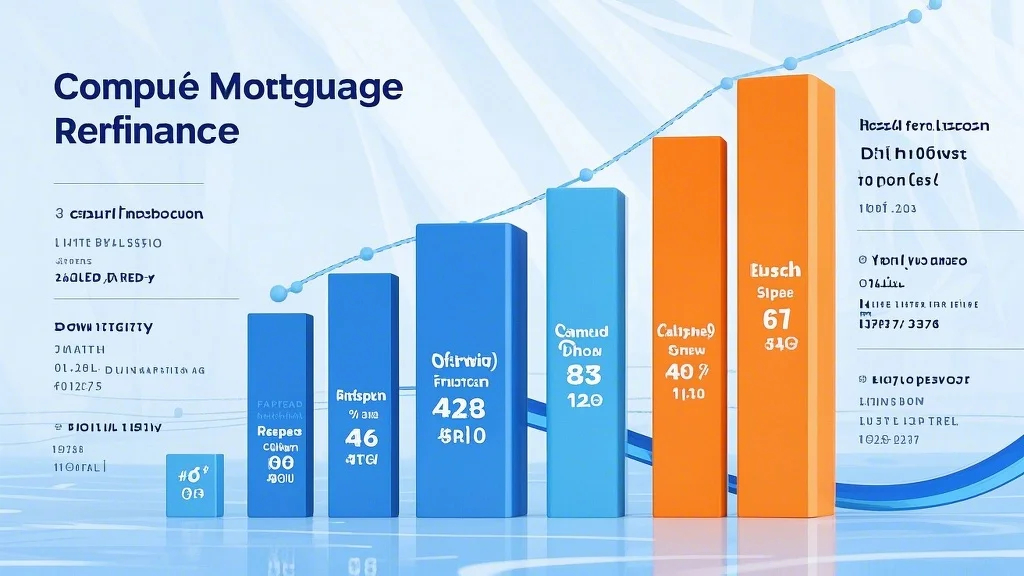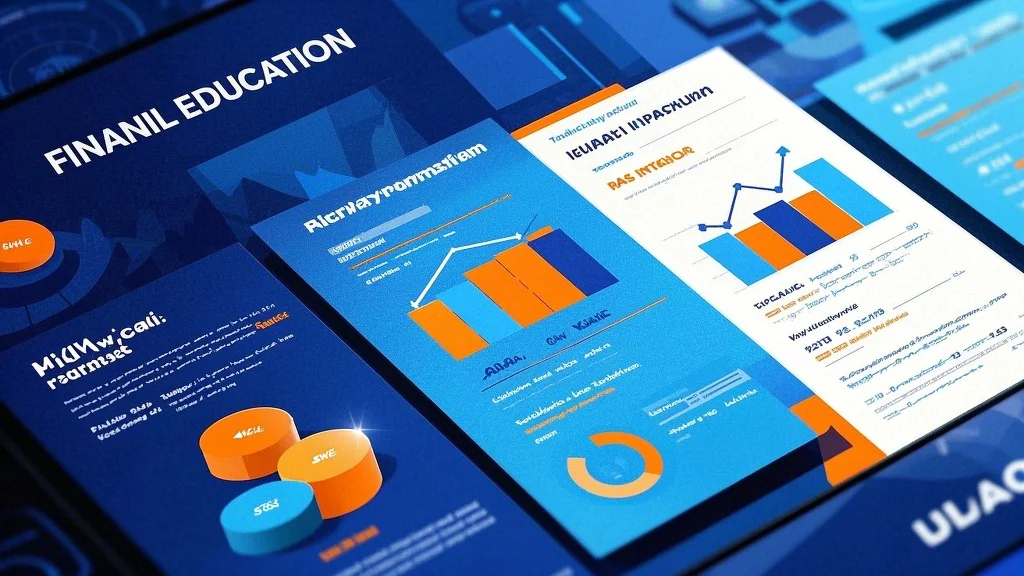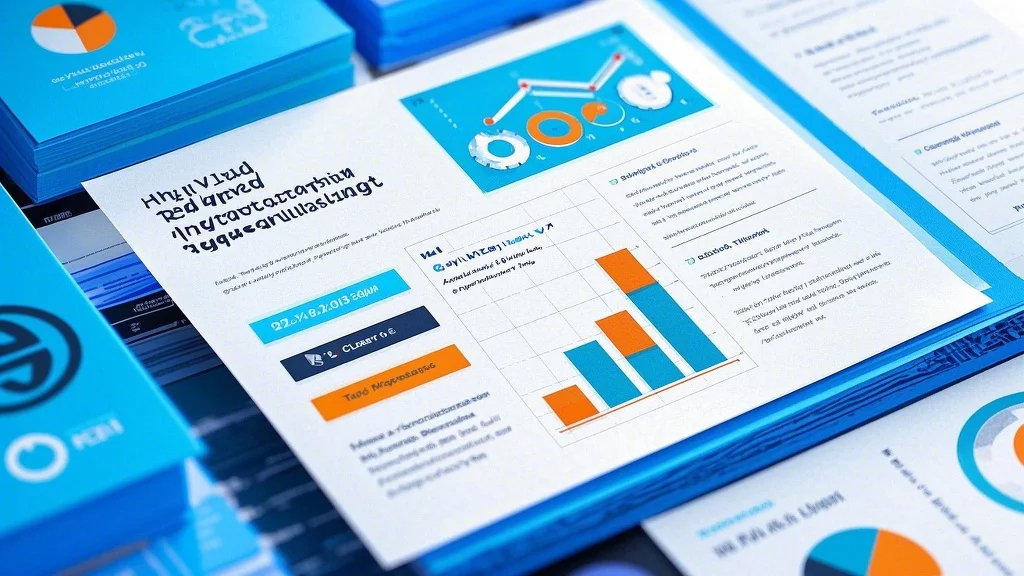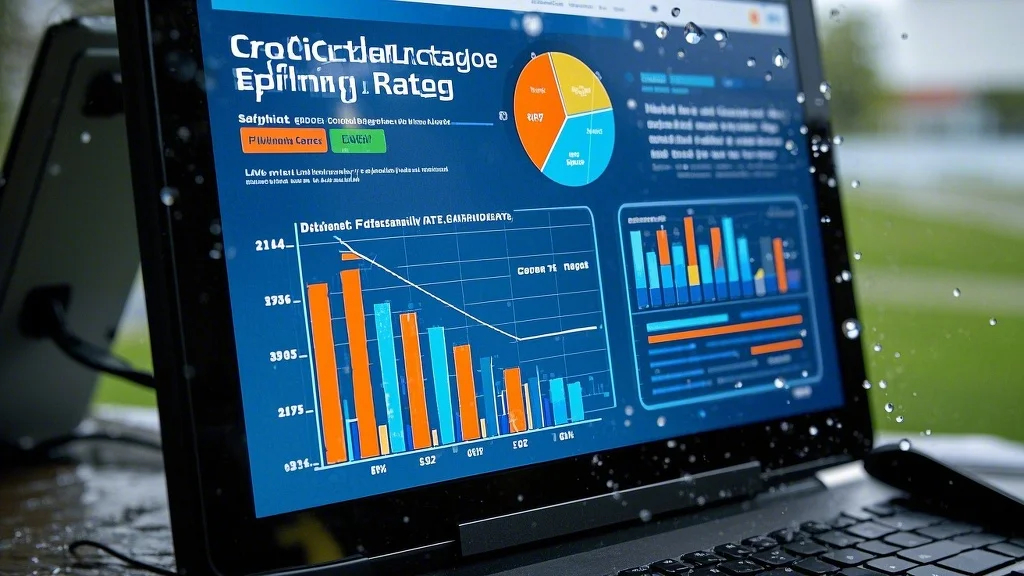Understanding High Yield Investments and Evaluating Risks
Investing in high yield investment programs can be an attractive option for those looking to maximize their returns. However, it’s essential to approach this with caution and a well-informed strategy. High yield investments often promise greater rewards, but they also come with higher risks. To make informed decisions, you need to understand the market, assess your risk tolerance, and evaluate the programs available.
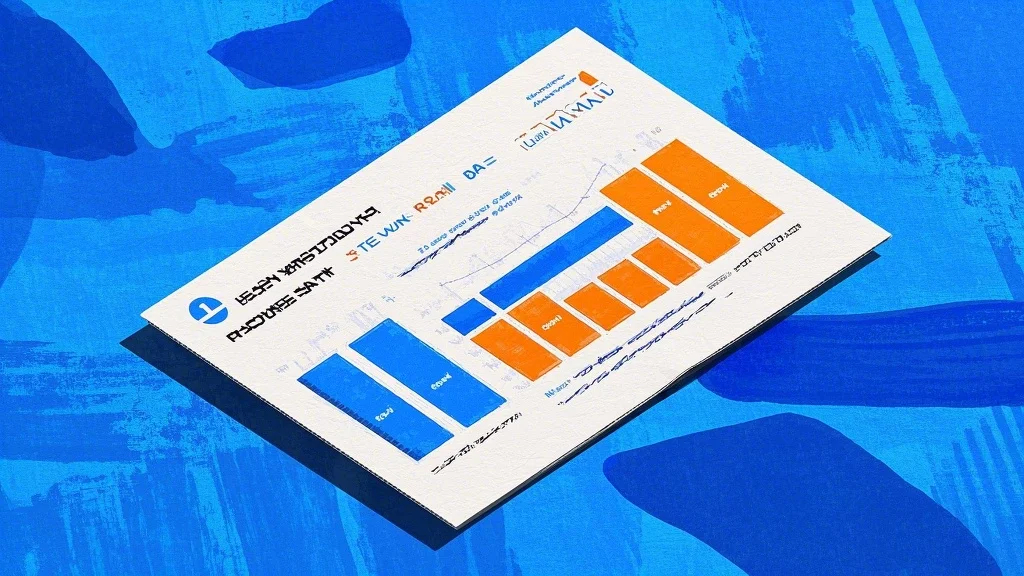
What Are High Yield Investments?
High yield investments are financial products or opportunities that offer higher returns compared to traditional investments like savings accounts or government bonds. These investments often involve higher risk, as the potential for greater returns is typically linked to increased volatility. Examples of high yield investments include real estate, private equity, cryptocurrencies, and certain types of stocks, such as those in the technology or startup sectors.
The Importance of Risk Assessment
Before diving into any high yield investment program, it’s crucial to assess your risk tolerance. Are you comfortable with significant fluctuations in your investments, or do you prefer more stable returns? Your financial goals and time horizon also play a role in determining the level of risk you can afford to take.
For instance, if you’re investing for the long term, you might have a higher risk tolerance, as you can ride out market volatility over time. On the other hand, if you’re investing for a short-term goal, such as a down payment on a house, you might want to stick to lower-risk options.
Diversification: A Key Strategy
One of the most effective ways to manage risk in high yield investments is through diversification. By spreading your investments across different asset classes, industries, and geographic regions, you reduce the impact of any single investment underperforming. For example, if you invest in both stocks and bonds, or in both technology and renewable energy sectors, you can balance out potential losses in one area with gains in another.
Researching the Market
To choose the best high yield investment program, you need to stay informed about market trends and economic conditions. For instance, understanding the interest rate environment can help you identify opportunities in fixed-income securities. Additionally, staying updated on political, social, and economic events that could impact the market is essential.
Evaluating the Program’s Track Record
When considering a high yield investment program, look for one with a proven track record. Many investment programs will provide historical performance data, which can give you insight into how they’ve performed during different market cycles. However, past performance is not a guarantee of future results, so it’s important to also consider the program’s management team, their experience, and their approach to managing risk.
Avoiding Common Pitfalls
High yield investments can be tempting due to their potential for high returns, but they also come with common pitfalls. One of the most critical mistakes investors make is not fully understanding the terms and conditions of the investment program. This can lead to unexpected fees, penalties, or loss of principal.
Another pitfall is emotional investing, which occurs when investors make decisions based on fear or greed rather than logic. For example, panic selling during a market downturn can lock in losses, while greed can lead to over-leveraging or taking unnecessary risks.
To avoid these pitfalls, stay disciplined, stick to your investment plan, and avoid being swayed by market fluctuations.
Maximizing Returns and Safeguarding Your Investments
Once you’ve assessed your risk tolerance and done your due diligence, it’s time to focus on maximizing your returns while safeguarding your investments. The key to success lies in selecting the right high yield investment program, diversifying your portfolio, and continuously monitoring your investments.
The Benefits of High Yield Investments
High yield investments offer several advantages over traditional low-risk options. The most obvious benefit is the potential for higher returns, which can help you achieve your financial goals faster. Additionally, high yield investments often provide greater flexibility, as many programs allow you to withdraw your funds or lock them in for a specific term based on your preferences.
Another benefit is the ability to hedge against inflation. Inflation erodes the purchasing power of money over time, and high yield investments can help you maintain or increase your real returns. For example, investing in commodities like gold or real estate can act as a hedge against inflation, as their values often rise when inflation increases.
Due Diligence: A Must-Have Step
Before committing to any high yield investment program, conduct thorough due diligence. This involves reading the fine print, understanding the fees, and evaluating the program’s terms and conditions. It’s also essential to research the reputation of the investment provider. Look for reviews, ratings, and testimonials from other investors to get a sense of their reliability and customer service.
If possible, consult with a financial advisor who specializes in high yield investments. They can provide personalized advice based on your financial situation and help you navigate the complexities of the market.
Staying Informed and Adapting
The financial market is constantly evolving, and what was a great investment opportunity yesterday might not be tomorrow. To maximize your returns, stay informed about market trends and be prepared to adapt your investment strategy when necessary.
For example, if you invest in the stock market, keep an eye on earnings reports, industry news, and macroeconomic factors that could impact the performance of your investments. Similarly, if you’re invested in real estate, monitor changes in the housing market, interest rates, and local economic conditions.
Incorporating Risk Management Techniques
While high yield investments can be lucrative, they also require robust risk management strategies. One effective technique is setting stop-loss orders, which automatically sell your investments if they fall below a certain price level. This can help limit your potential losses during a market downturn.
Another risk management technique is maintaining an emergency fund. Even if you’re investing aggressively, having a financial safety net can provide peace of mind and allow you to take calculated risks without worrying about immediate financial instability.
The Importance of Long-Term Thinking
Finally, it’s crucial to adopt a long-term perspective when investing in high yield programs. Market fluctuations are inevitable, but focusing on your long-term goals can help you stay on track and avoid making impulsive decisions.
For instance, during a market downturn, it’s easy to panic and sell your investments at a loss. However, if you have a well-crafted investment plan and a long-term horizon, you can hold onto your investments and ride out the storm. Over time
